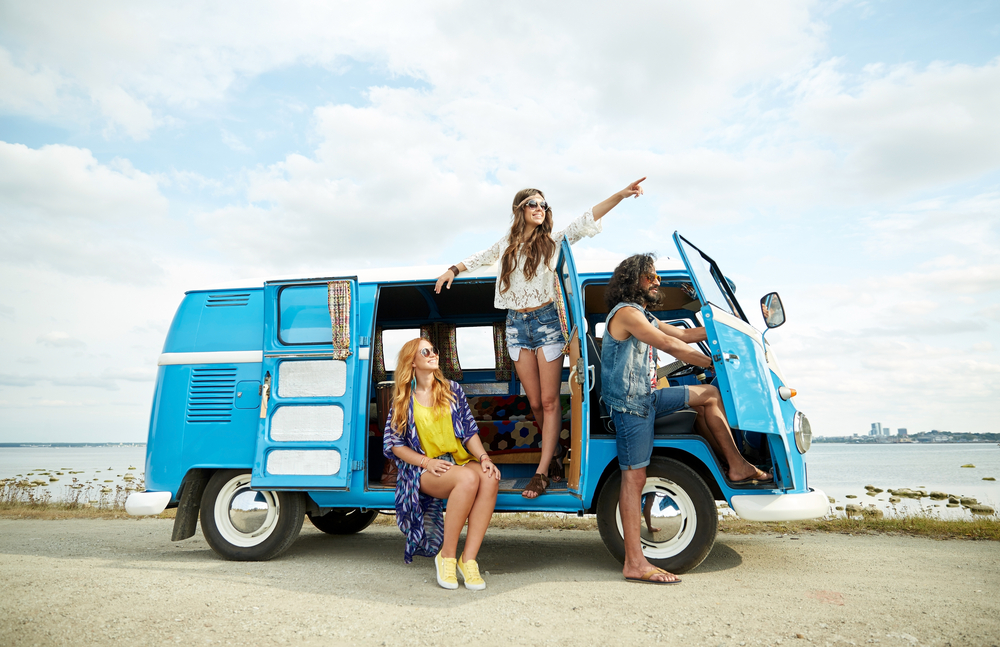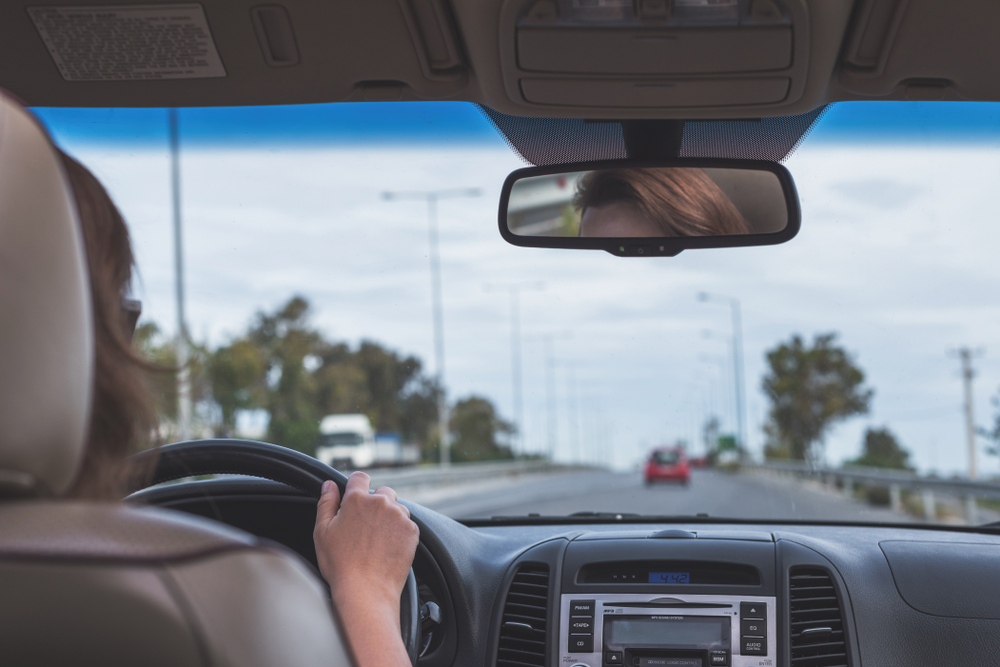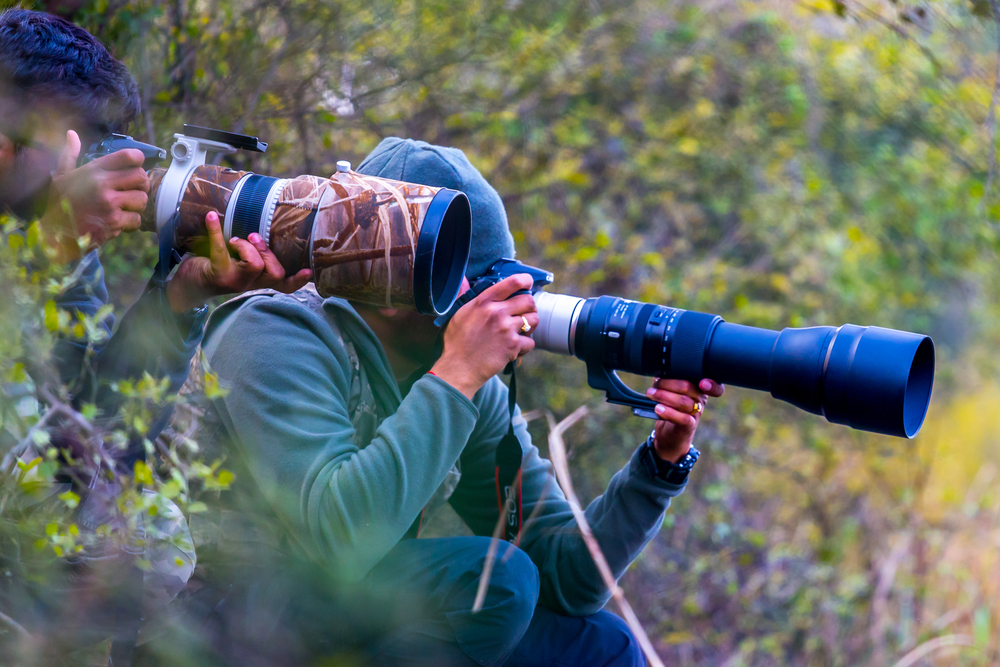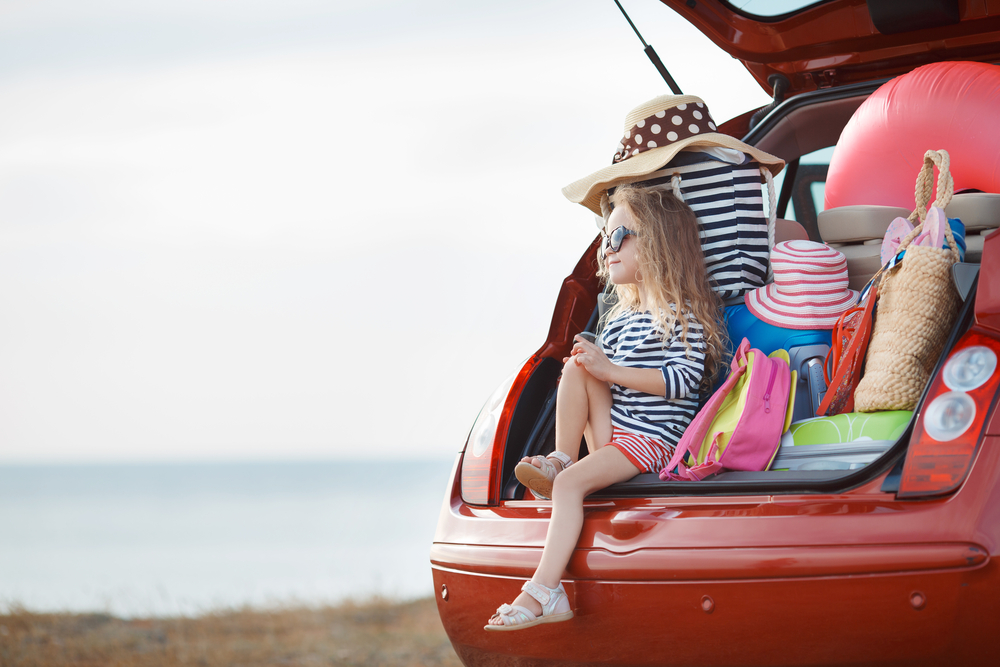Summer is the season for travel and adventure, and whether you’re planning a beach vacation or a city break, it’s important to have versatile outfits that can take you from one setting to another. In this article, we’ll be sharing some tips and outfit ideas for women who want to transition seamlessly from beach to city during their summer travels.
Midi Dresses: The Perfect Beach-to-City Piece
A midi dress is the ultimate summer wardrobe staple, especially for those who are looking to transition from beach to city. They’re versatile, comfortable, and easy to wear, making them a perfect choice for any vacation. For a day at the beach, pair a lightweight midi dress with sandals and a floppy hat. This look is perfect for lounging on the sand and can easily transition to a city setting by adding a denim jacket or a leather bag.
For a night out in the city, dress up your midi dress with heels and statement jewellery. This look is perfect for a dinner date or a night out with friends. Opt for a dress in a bold colour or print to make a statement, or choose a neutral colour that can easily transition from day to night.
Ruffle Dresses: A Fun and Flirty Option
Ruffle dresses are another great option for a beach-to-city transition. They’re playful, flirty, and perfect for summer weather. Pair a ruffle dress with strappy sandals and a woven bag for a day at the beach. This look is feminine and stylish while also being practical and comfortable.
For a city setting, dress up your ruffle dress with heels and statement jewellery. This look is perfect for a day of sightseeing or a night out on the town. Choose a dress in a bright colour or a fun print to add some personality to your outfit.
Versatile Sandals: The Ultimate Travel Shoe
When it comes to footwear, versatile sandals are a must-have for any summer travel wardrobe. Choose a pair of sandals that are comfortable enough for a day of walking but also stylish enough to wear out in the evening. Strappy leather sandals or espadrilles are a great option for a beach-to-city transition. They’re practical and versatile and can be worn with anything from shorts to dresses.
Crossbody Bags: Practical and Stylish
Crossbody bags are another essential item for a beach-to-city transition. They’re practical, stylish, and perfect for carrying all your essentials while you explore a new place. Look for a bag that’s big enough to hold your phone, wallet, and sunscreen but small enough to be comfortable to carry around. A leather crossbody bag is a great option for a city setting, while a woven or canvas bag is perfect for the beach.
Lightweight Cover-Ups: Perfect for the Beach and Beyond
Lightweight cover-ups are a practical and stylish option for a beach-to-city transition. They’re perfect for throwing on over your swimsuit while at the beach and can easily transition to a city setting by adding some statement jewellery and a pair of sandals. Look for cover-ups made from lightweight and breathable materials, such as cotton or linen. A kimono-style cover-up or a flowing maxi dress are great options for a versatile cover-up that can be worn in a variety of settings.
Flowy Maxi Dresses: Elegant and Comfortable
Flowy maxi dresses are a perfect choice for women who want to stay elegant and comfortable during their summer travels. They’re versatile and can be dressed up or down depending on the occasion. Pair a maxi dress with sandals and a hat for a day at the beach, or add some heels and jewellery for a night out on the town.
When it comes to choosing a maxi dress, look for one that’s made from a lightweight and breathable fabric.
Cotton and linen are great options, as they’ll keep you cool in the summer heat. Maxi dresses come in a variety of prints and styles, so you can choose one that fits your personal style. For a beach look, choose a maxi dress in a tropical print, or for a more classic look, opt for a solid colour maxi dress in a neutral tone.
Denim Shorts: A Versatile Summer Staple
Denim shorts are a summer staple that can easily transition from the beach to the city. They’re versatile and can be paired with anything from a tank top to a blazer. For a day at the beach, pair your denim shorts with a lightweight blouse and sandals. This look is practical and comfortable while also being stylish.
For a city setting, dress up your denim shorts with a button-up shirt and heels. This look is perfect for a day of sightseeing or a lunch date with friends. Choose shorts that are comfortable and fit well, as you’ll be wearing them all day.
Straw Hats: Functional and Fashionable
Straw hats are a must-have accessory for any summer vacation. They’re practical and will protect your face from the sun while also adding a stylish touch to your outfit. Look for a hat with a wide brim, as this will provide the most sun protection. A straw hat can be paired with any outfit, from a swimsuit to a maxi dress.
Statement Jewellery: Add Some Personality to Your Outfits
Statement jewellery is a great way to add some personality to your summer outfits. Bold earrings or a chunky necklace can take a simple outfit from basic to stylish. When it comes to choosing statement jewellery, look for pieces that complement your personal style and the outfits you’ll be wearing.
Conclusion
In conclusion, transitioning from the beach to the city during summer vacation doesn’t have to be difficult. By packing versatile items like midi dresses, ruffle dresses, denim shorts, and flowy maxi dresses, as well as essential accessories like versatile sandals, crossbody bags, straw hats, and statement jewellery, you’ll be ready to explore any destination with style and ease. Remember to choose clothing items made from lightweight and breathable materials, as well as pieces that fit well and are comfortable to wear all day. With the right outfits and accessories, you’ll be able to transition seamlessly from beach to city during your summer travels.



